Market Share
Organic Food Preservatives Market Share Analysis
The Organic Food Preservatives Market has witnessed substantial changes in sales and position tactics as customers seek to sustainable and healthier options in their food selections. Businesses involved in this industry are using a variety of tactical tactics to achieve an edge over others and develop a solid foothold in the marketplace.
A critical approach for Organic Food Preservatives Market is the creation of unique and efficient herbal preservatives. As customers become more aware of the contents in the foods they eat, corporations make investments in R&D to produce stabilizers using organic and natural elements. This includes looking at extracts from plants, anti-oxidants, as well as various substances that exist naturally which can help food items last longer while maintaining their organic claims. Businesses want to gain significant shares of the market through offering additives that adhere to the concepts of natural and healthy food.
In addition, firms are working on broadening their line of goods to meet an extensive variety of culinary needs. This Organic Food Preservatives Market includes several groups of food, such as bread, dairy, drinks, and packaged food. Corporations are creating a varied spectrum of biodegradable preserves to meet every category's specific preserving demands. This approach enables them to reach out to a larger client base, ranging from healthy homeowners to massive food producers, resulting in increasing share of the market.
Effective alliances and partnerships are critical for competitive placement within Organic Food Preservatives Market. Businesses are forming partnerships with food producers, shops, as well as wholesalers to include their natural preservatives within a broader range of goods. Partnerships also enable improved effectiveness and extensive transportation of natural preservers, allowing businesses to enter diverse markets & extend the population they serve. Furthermore, collaborations via accredited organic agencies boost the legitimacy of these additives for preservation, attractive to customers who value openness and genuineness in their nutrition options.
Sustainable methods have emerged as a critical part of positioning tactic within Organic Food Preservatives Market. While environmental awareness rises, buyers want items that adhere to environmentally friendly and ethical ideals. Businesses are reacting by incorporating ethical procedures into the way they produce goods, such as responsible acquisition or buying raw materials or packaging that is green. Businesses that demonstrate a dedication to ecology draw not just environmentally conscientious customers, additionally they improve their entire reputation, resulting in improved competitiveness.
Businesses operating within Organic Food Preservatives Market must employ effective advertising as well as communication tactics. As customers grow more aware of what's contained within their meals, businesses have begun to invest towards open labeling as well as upfront messaging regarding the numerous advantages of organic additives. Businesses use online advertising channels, networking sites, as well as partnerships with fitness and health celebrities to inform customers regarding the value of natural additives in food safety as well as quality. Good website and intriguing material help to boost visibility for the company, resulting in higher market penetration.
To summarize, Organic Food Preservatives Market has witnessed a significant shift in shares and position tactics. The discovery of novel natural preservation agents, portfolio diversity, collaborative efforts, sustainable practices, as well as efficient advertising are every vital element of profitable positioning for the market. Because customers prefer healthier, more natural options, firms who can successfully manage these techniques stand to gain a major piece of the rising of the concerned organic food preservatives market.

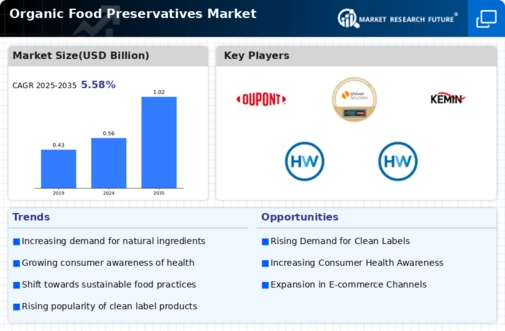

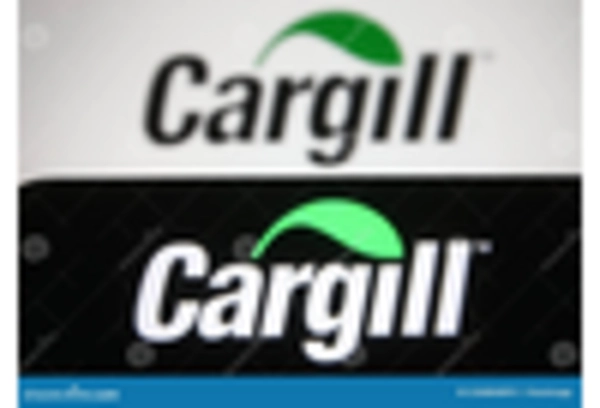
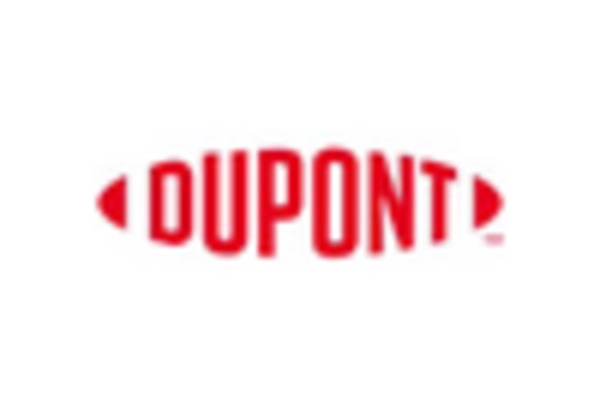
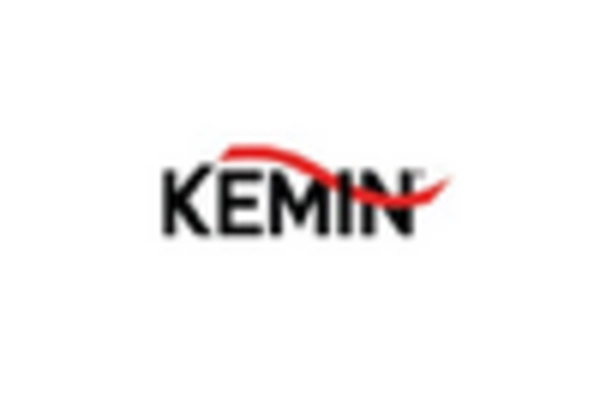
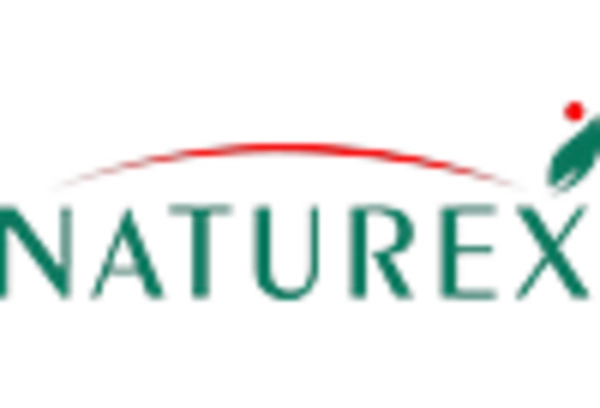
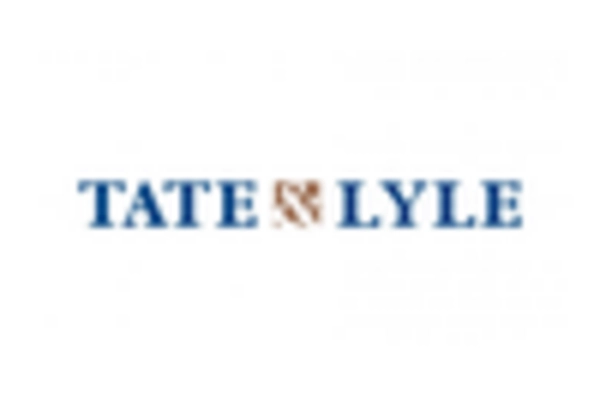









Leave a Comment